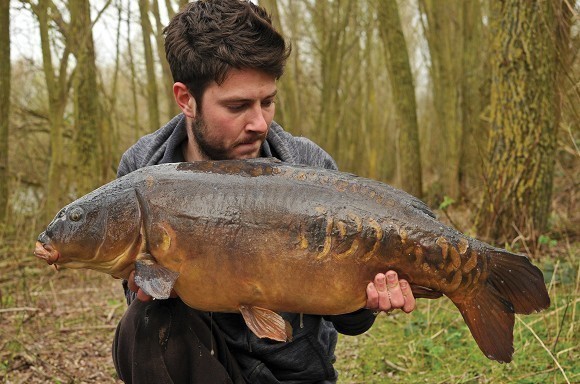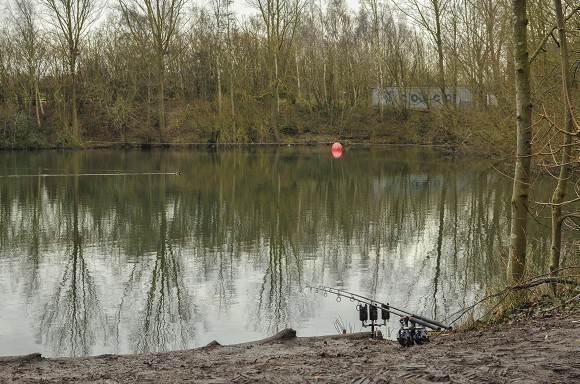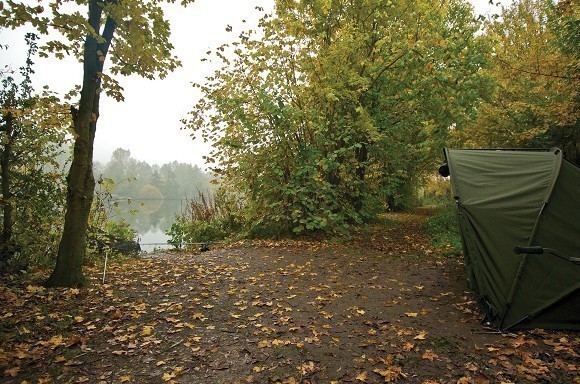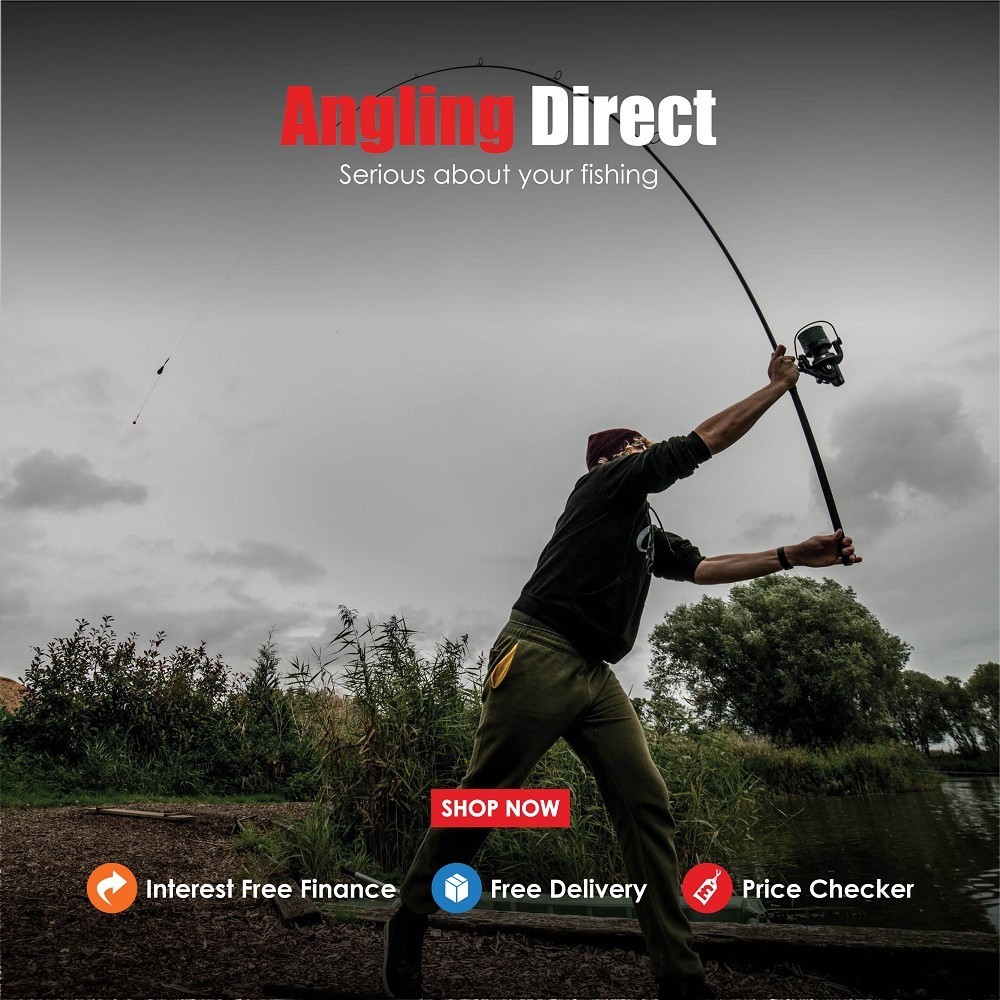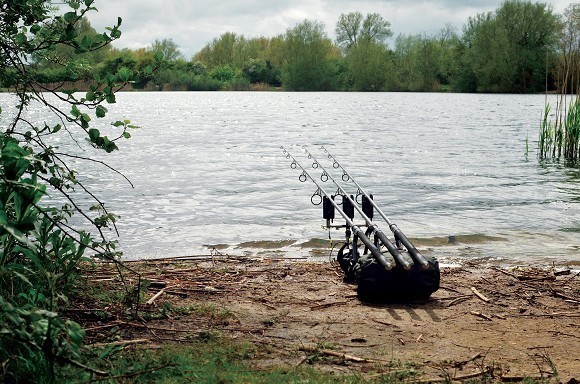
How can you find fish, apart from sightings?
Question: Apart from actual carp sightings what are the other main aids you use? Do you rely upon feature finding or take hints from nature?
Carp sightings are often the base of my fishing but that’s not always the case. There’s plenty of ways to catch without the physical signs of fish jumping or showing themselves.
For the last five or six years, up until more recently, I have been right into my work overnighters. I’ve always fished the weekends too but a large percentage of my nights each year were overnighters between work. Depending on the venue and the time of year, relying on the physical signs all the time will see you left in the lurch, or having very little sleep between arrival and the pack up for work, which isn’t always feasible, depending on your line of work.
I always try to take note of what the fish do and where they spend their time during particular parts of the year or weather fronts. Once you understand why and when the fish use certain areas of the lake, you are able to fish confidently without signs of fish. They’re creatures of habit and many a time I have set-up blind, on a hunch, after dark, only to hear or see fish whilst setting up. In order to gain this understanding you need to be at the lake as often as possible, and of course the physical signs are vital, but can become less important with time.
Wind direction is always a good one and the more comfortable you find yourself the better, if you feel good on the end of the wind, they will too. If it’s freezing cold and you’re desperately trying to shelter from it, then the back of the wind is probably a good shout! Strong winds provide a lot of oxygen and unless they’re very cold I find them worth following, as do the carp.
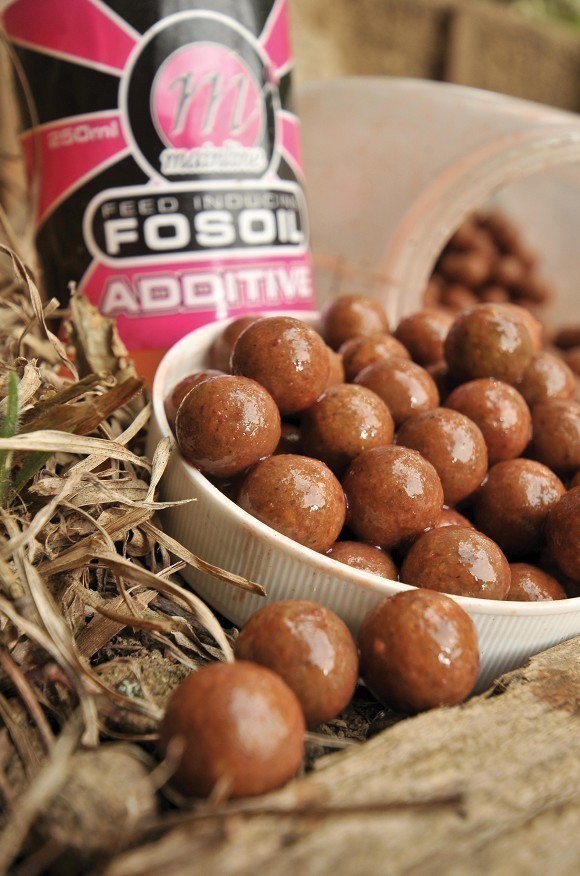 A steady supply of good grub will keep the fish visiting your spots and lessen the need for physical sightings
A steady supply of good grub will keep the fish visiting your spots and lessen the need for physical sightingsDuring the warmer months you will often find that areas of weed or shallow water are favoured – places where the fish can sit comfortably and enjoy the warmth of the sun. Locating fish is generally pretty easy throughout the summer and if you look hard enough you’ll see fish most of time, on most waters. If I am unable to locate any carp I will always set-up where the most weed is, as carp simply love the stuff and are never far away.
During the autumn I will generally head for the deeper, open water harvest areas, the places they go to sample the naturals. I’ve caught carp out of the edges and in the shallows plenty of times but as a rule, and if you’re unable to find fish, the open water is where I would start off.
Once winter arrives I tend to ignore the margins and fish out in the pond, in the deeper water, where the temperature is more stable. Sightings are so valuable at this time of year and the more you can watch the water, the better. I have seen carp in extremely shallow areas of the lake during the winter, but don’t tend to target these areas without seeing fish there first, or it’s bright and sunny. My favourite spots during the winter, particularly during the daytime, are snaggy parts of the lake. If there is any from of sunken woodwork, especially south-facing and with a bit of bulk behind it, the carp will almost certainly be using it and when sightings are few and far between these are always a good shout.
Pre-baiting has become a big part of my fishing, venue permitting, and once I am confident that fish are passing areas frequently, I will look for areas to start baiting. The important thing when baiting is that you choose spots which are not only passed regularly by fish, but that they aren’t too obvious and easy for other anglers to land on either. The last thing you want is to bait spots only for others to reap the rewards, although that is a risk you inevitably take.
The great thing about baiting is that you are able to train the fish to feed there, and eventually they start to expect food to be present. Once you have primed your areas you will be able to drop onto them, without seeing fish upon arrival, safe in the knowledge that they have been eating there regularly. The more frequently you can bait, the better, and if there’s ever a place to fish having seen no physical signs of carp, it’s a pre-baited area. If you can tie your baited spots in with the weather too, and fish the spots that seem most likely to produce during the conditions on the day, you won’t go far wrong.
Oh, and if you ever fish a venue with an out of bounds area, then get as close as you can to it – these areas will nearly always hold fish. Sometimes you will find that the edge of the out of bounds is a fantastic area to catch from, other times the fish will seem to swim straight past, well aware that anglers are casting as close as they can. One thing is for sure, though, if locating carp is your objective, an out of bounds will most probably be what you’re looking for.
If you are struggling to see fish, you have to either think like one and guess where they will be most comfortable, or bait up in advance and train them to visit your spots.



